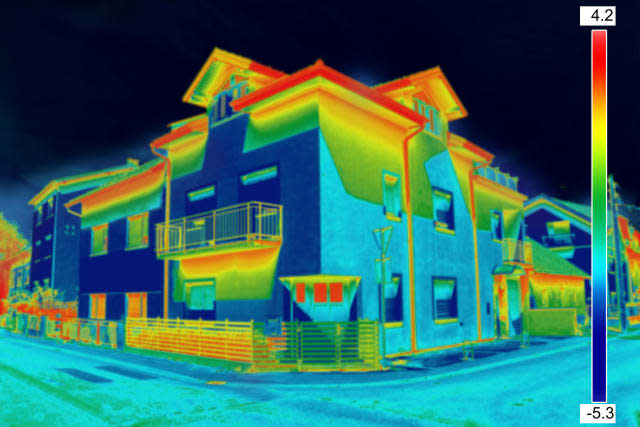The future of the smartphone camera: where next?
Cameras on smartphones have improved dramatically since the first iPhone landed 10 years ago. While older handsets could muster no more than a blurry snap, some of today's smartphone photos are good enough to be blown up to billboard size.
From facial recognition software, to blurred bokeh backgrounds and dedicated selfie modes, the innovations are endless and show no sign of slowing down. Here's what you can expect to see on the smartphone cameras of the future.

Augmented reality
The unprecedented success of Pokémon Go has shown just how popular augmented reality (AR) can be. AR refers to mixing real-world views with graphics, just like the Pokémon-hunting mobile game, and Snapchat's animated face filters. But while many tech firms believe that the future of AR lies in smart glasses, the technology could make much more of an impact by making use of smartphone cameras.
Dual-lens cameras
We've already seen a handful of smartphones adding dual-camera lens, including the Huawei P10, the LG G6 and the iPhone 7 Plus, but this is something that could end up on every handset as standard in the future. Having two cameras on the rear of the phone enables it to capture more information and produce a better quality picture. It also makes it easier to snap a picture with a blurred background and to get better pictures when zooming in. What is more, the dual-lens cameras will pave the way for more impressive augmented reality.
Better lenses
While the cameras in phones used to be far inferior to dedicated digital cameras, many now use elements from proper snappers, including better lenses. The Huawei P10 introduced a Leica lens on its selfie camera, the very first on a front-facing cam, while Sony ported over tech from its camera range for the XZ Premium's revamped wide-angle G Lens. As digital cameras continue to become obsolete, the lens technology on our smartphones will just keep getting better.
4K recording
Just as High-Definition became standard for the majority of top-of-the-range devices, 4K or Ultra High-Definition (UHD) will too. Some mobiles already have 4K recording capability, including the LG G6, iPhone 7 and Samsung Galaxy S8, while the Sony Xperia XZ Premium was the first to launch with a 4K HDR screen. Admittedly, the appeal of an ultra high-def screen on such a small scale may be limited, but the ability to record 4K opens up a whole new world of possibilities when it comes to photography, allowing you to grab split-second frames from videos to use as still photos.

Thermal imaging
The Cat S60 is a super-tough smartphone branded by construction firm 'Caterpillar' that also happens to be the world's first to include thermal imaging. It's a handy feature for engineers and emergency workers, helping them to locate electrical faults or search for missing people, but it could just as easily be used by the rest of us for something as mundane as searching for the cat in a dark garden or checking for weak spots in home insulation. It may be niche for now, but it could turn up on more handsets in future, just as GPS did.
Optical zoom
One advantage that traditional cameras still have over smartphone snappers is the capability for an optical zoom - a lens that physically extends, rather than a digital zoom, which mimics the effect using software. However, some makers have made steps towards including periscope-style optical zooms with Oppo combining this with software to form a 'dual' zoom. This is definitely something we'll see more of as phone makers try to adapt traditional camera tech for mobiles.
360 video
Several smartphone makers, including Samsung and Huawei, have already released add-on 360-degree cameras for their handsets, but this is something that could eventually be integrated into the phones themselves. Immersive 360-degree videos are gradually making their mark, with Facebook among the big firms pushing the technology, while virtual reality companies are gradually introducing more 360-VR content that be viewed from mobile phones.
